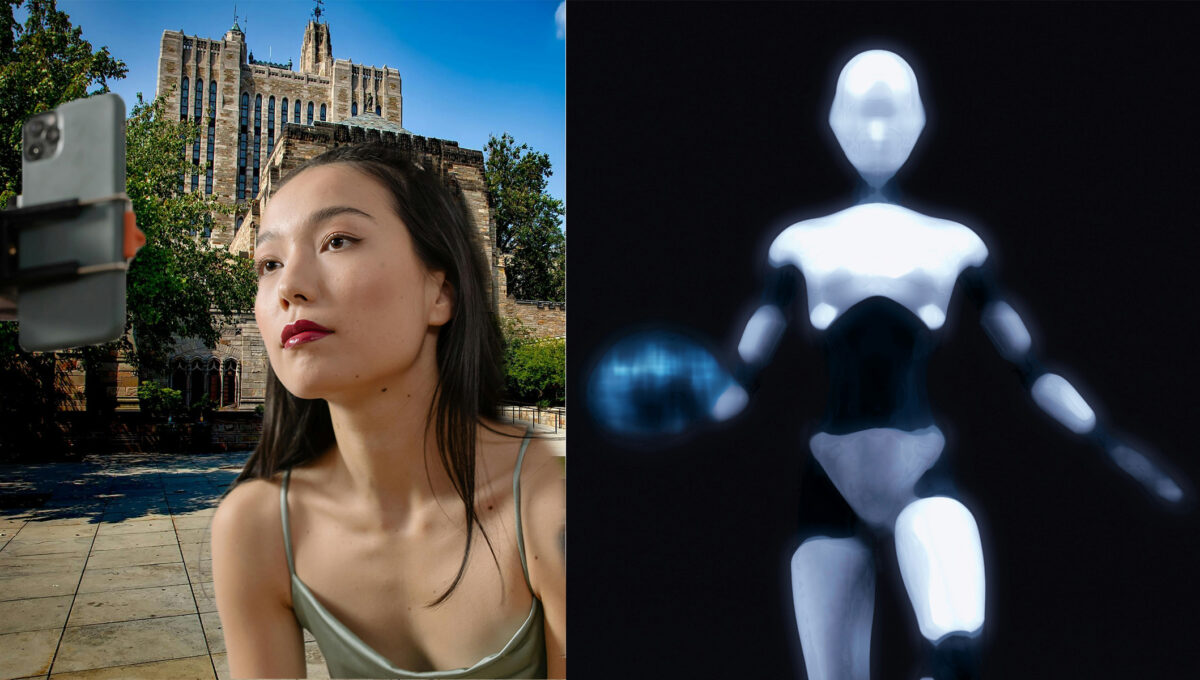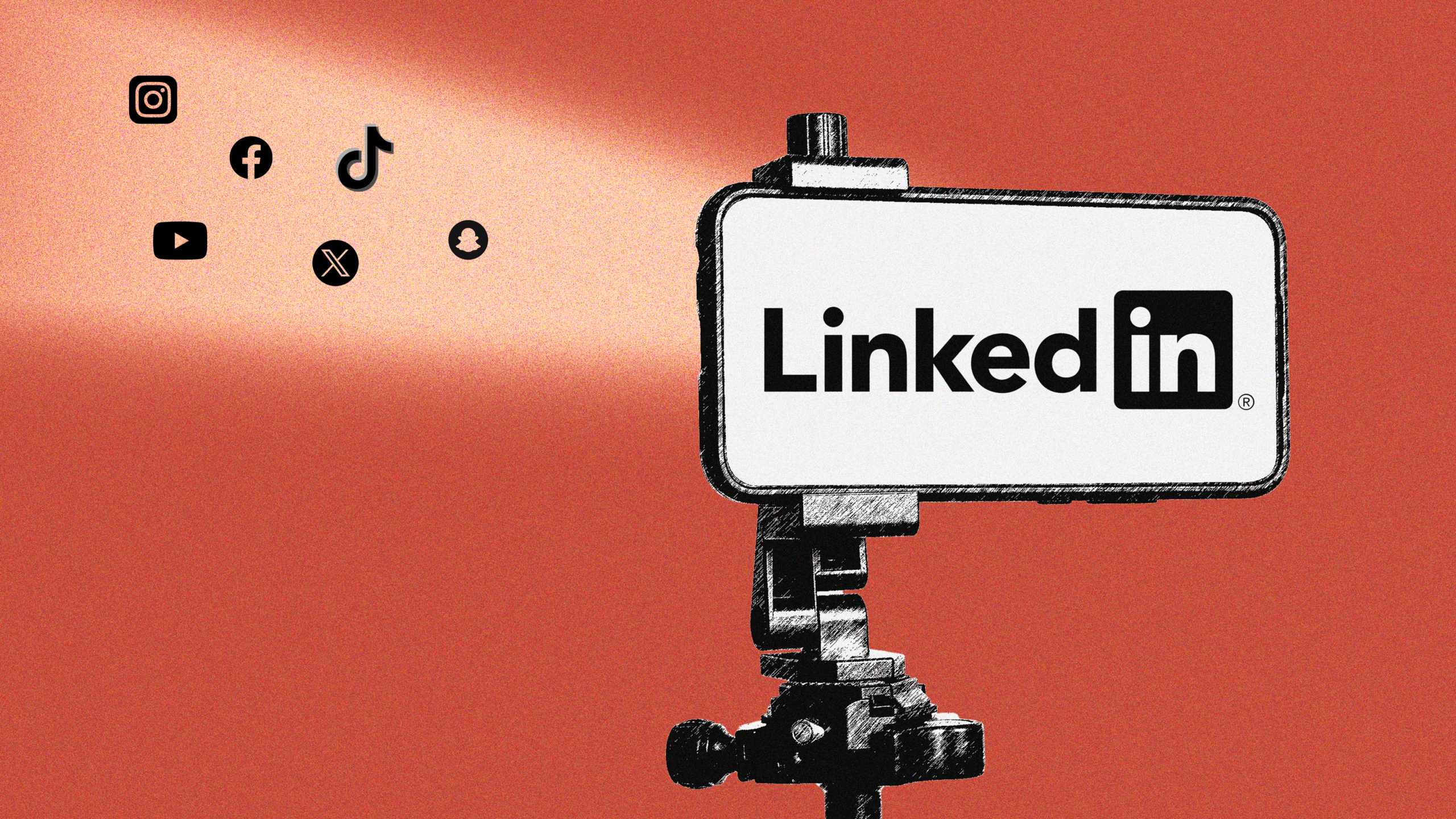Since December 2024, two recurring trends have been forecasted as the future of social media in 2025: leveraging influencers—particularly on college campuses and social media—and utilizing artificial intelligence in marketing. Considering that AI and influencers were both major topics of discussion during the latter half of 2024, the belief that each will play a prominent role in future digital strategies is no surprise. However, despite all the excitement, I can’t help but feel worried.
But, let’s start with the positive!
The Rise of Influencer Marketing: Authenticity or Illusion?
What’s great about utilizing social media influencers, including college ambassadors, is that they bring (buzzword incoming) an authentic voice to your brand. The core idea is that someone loves your product, organization or institution so much that they vouch for you to their audience with the hopes of some of those people becoming your audience. At its best, it’s a win-win scenario for both you and the influencer(s) with whom you choose to work.
AI in Social Media: A Game-Changer or Creativity Killer?
On the AI side, the argument is that the future is now, and for long-term viability, you can’t afford to hide your head in the sand and pretend it doesn’t exist. Artificial intelligence models can help with efficiency, organization, idea generation, lack of resources and problem-solving. When leveraged correctly, AI can make even a team of one operate like a well-oiled, well-resourced machine.
Choosing the Right Influencer: Numbers vs. Niche Impact
If you think that all sounds great and want to sign up, then you are 100% correct. At face value all of this is amazing. Just do me one favor, look before you leap, and ask yourself the next six questions. They’ll help you get the most out of the tools and trends that lie before you.
1. Who are the influencers reaching?
When people first enter the influencer space, they tend to notice the number of followers before anything else. As I stated a few weeks ago in a post, follower numbers are no longer the end-all-be-all. A large following may lead content creators to broaden their approach, making them less niche and therefore less attractive to specific demographics. Make sure you have a grasp on whether the audience they reach—whether they are college influencers, student influencers or teenage influencers—overlaps with the audience you are hoping to attract.
2. What is it about the influencer that resonates with their audience?
If you are going to go through the effort of hiring student influencers or student ambassadors, please let them be themselves. Too often, I see institutions thinking that they can just reskin their message using a student’s face and achieve results. Audiences are smart, and they can spot a fraud from a mile away.
Point your collaborator in the direction you want them to go and provide any parameters you see fit. But, when it comes to the final piece, let them steer the ship. If you aren’t comfortable with that, then influencer marketing isn’t for you.
3. How do you know an influencer is worth it?
This all comes down to expectations and research. Research what is considered normal for content creators/influencers to charge. Be sure to consider the price difference when the volume of reach and conversions come into play.
Then, have those numbers in mind when your chosen creator shares their price point. Ask them about their average numbers and be sure to review the numbers that are available for you to see on their accounts to make sure they line up. If those all make sense to you and fit your budget, it’s worth proceeding.
Finally, be sure to ask them for screenshots of their analytics a week after the post goes up. This will be the final factor in overall worth.
4. Are you losing yourself for the sake of convenience?
To some, AI can seem like this miracle drug. With just a simple prompt (or in the case of YouTube’s Inspiration tab, no prompt at all) it can write copy, draft a thumbnail, create an outline and even produce audio and visual content. With all its capabilities, it’s easy to stop treating it like a tool and look at it like an employee.
But, beyond the novelty of a computer creating something for you, there’s something inherently boring about artificial intelligence. The rough edges make social media interesting, and I worry that the overuse of AI will remove those edges from our content and make everything feel the same.
5. The dangers of merging AI with influencer content.
This isn’t a question but beware of the people who want to combine influencer content with AI. At this point, we’ve all seen the announcement from Meta that they planned to start inserting AI accounts into Facebook and Meta.
Thankfully, they shut the program down due to public outcry, but this won’t be the last we’ve heard of the idea. I think about Google’s NotebookLM tool, which was created to help with note-taking and research, but Spotify used the technology to turn your Wrapped results into a podcast.
On the surface, it’s cool that it was done, but the slope feels slippery. This technology is only going to grow, evolve and be paired with a visual element. I can see a world where someone sees the safest and easiest way to work with student ambassadors or digital creators is to create their own, whether that’s what the audience wants or not.
6. What does your audience think?
You should ask this when thinking about AI and influencers. For AI, keep in mind that not everyone is comfortable with the idea of utilizing non-human tools to handle work humans were once paid to do. Be mindful of potential audience backlash and be prepared if you need to respond.
On the influencer side, think about how the idea of what makes an influencer viable is changing. In the beginning, the influencer focused on content that was considered aspirational. Over the last few years, there has been a shift to inspirational content with creators who teach, entertain and inform. The key is finding interesting ways to mix your goals with individual creator niches.
Well, that’s all for today. I can’t wait to see what everyone creates (yes, even you AI, if you are reading this).






